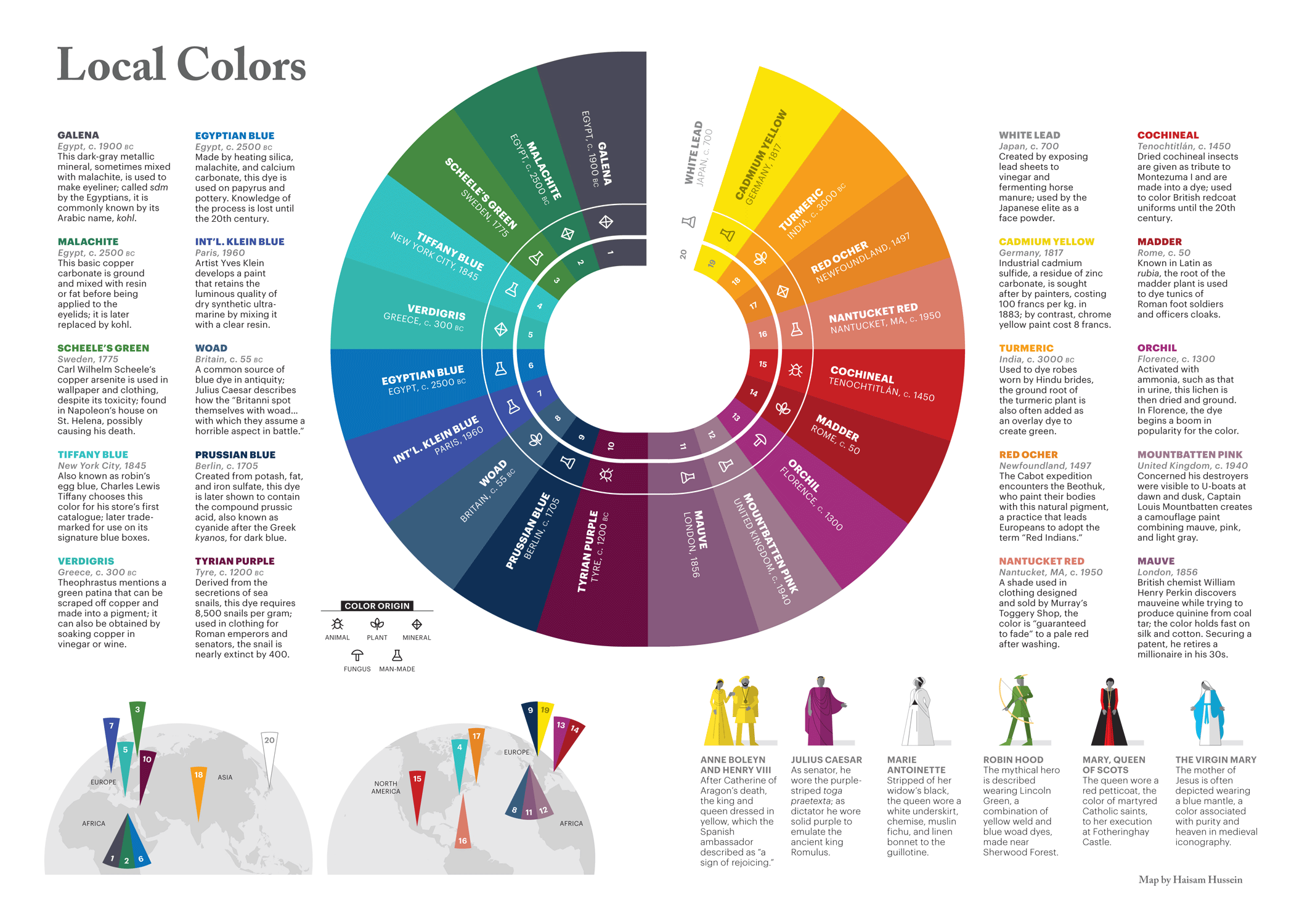Canine empathy is a fascinating aspect of dog behavior that reveals the depth of the bond between dogs and humans. Recent research conducted by Harvard scientists, including insights from Erin Hecht and photographer Elias Weiss Friedman, highlights how dogs instinctively respond to human emotions, showcasing their impressive cognitive abilities. For instance, experiments at Harvard’s Canine Brains Lab demonstrate that dogs are not only aware of their owners’ feelings but also exhibit empathetic reactions when they perceive distress. This connection exemplifies the remarkable evolution of dogs as companions, reinforcing their role in our society through a deep understanding of human needs. With the growing interest in canine cognition and behavior, it’s clear that our furry friends possess an innate capability to empathize, enriching our lives in countless ways.
The study of dog emotions and behavior, often referred to in the context of canine sensitivity, underscores the intricate relationship that exists between pets and their owners. This relationship goes beyond mere companionship; it encompasses a complex understanding of feelings and reactions. Researchers like Erin Hecht at Harvard have delved into the neuroscience behind these connections, leveraging cutting-edge techniques to explore how dogs think and feel. Through engaging narratives and visuals shared by photographers such as Elias Weiss Friedman, we gain insight into the emotional lives of dogs and the profound impacts they have on human lives. Ultimately, acknowledging this remarkable interspecies bond invites us to appreciate the emotional depth and cognitive skills inherent in our canine companions.
Understanding Canine Empathy through Experiences
Canine empathy is a fascinating aspect of dog behavior that reveals the emotional intelligence of our furry companions. For instance, when photographer Elias Weiss Friedman pretended to injure himself, the reaction of Sasha, the community engagement dog, brought this concept to life. Her immediate response to rush over and comfort him showcased not only her instinctive compassion but also the deep bond that exists between dogs and humans. This behavior is significant in the study of canine cognition, as it highlights how these animals are not only aware of human emotions but are also capable of responding with empathy.
Research conducted at Harvard’s Canine Brains Lab aims to explore these empathetic responses in a scientific context. Erin Hecht, a leading researcher in the field, utilizes modern technological methods like MRI scans to study the canine brain’s reactions to different stimuli. By identifying how dogs interpret human emotions through their facial expressions and vocal intonations, researchers can better understand the evolution of the canine-human relationship. This research is crucial as it sheds light on how empathy in dogs not only affects their interactions with people but also impacts their overall behavior and emotional well-being.
The Science Behind Canine Cognition
Canine cognition is an enlightening subject that delves deep into how dogs think and learn. Erin Hecht’s work at the Harvard Canine Brains Lab illustrates how advances in science are unraveling the complexities of dog behavior. Using imaging techniques, researchers can visualize the brain activity of dogs, allowing them to identify areas associated with emotions such as fear and aggression, as well as cognitive abilities related to their training. Such insights are instrumental in understanding why certain breeds exhibit specific behavioral traits, as these may stem from their historical roles alongside humans.
The implications of studying canine cognition extend beyond mere curiosity; they can inform how we train and interact with our pets. By understanding the cognitive capacities of different breeds, dog owners can tailor training methods to suit individual needs, promoting better communication and stronger bonds. This aspect of research emphasizes the importance of recognizing the dog as not just a pet but as a sentient being capable of complex thought and emotion, thus fostering a deeper connection between dogs and their human counterparts.
Analyzing Dog Behavior Through the Lens of Science and Art…
The unique collaboration between Freedman and Hecht exemplifies how different fields can converge to enhance our understanding of dogs. By fusing artistic expression with scientific inquiry, they highlight not only the individual characteristics of dogs but also their vital role in human society. For instance, Freidman’s photos capture candid moments that showcase a dog’s true personality while Hecht’s research reveals the underlying cognitive processes that drive these behaviors. Together, these perspectives can lead to richer narratives about our canine friends and deepen our appreciation of the human-dog bond.
In addition to emotional expressions, visual storytelling through photography brings awareness to the various situations dogs encounter every day. Friedman’s work invites viewers to ponder the lives of dogs, from joyful moments in the park to their roles in active service. Observing these aspects of dog behavior not only entertains but also educates the public about responsible pet ownership and the importance of understanding their emotional and cognitive needs.
How Dogs Facilitate Social Connections Among Humans
Dogs have an unparalleled ability to act as social lubricants, bringing people together in ways that few other activities can match. As Elias Weiss Friedman pointed out, acquiring a dog often transforms social dynamics within neighborhoods. Shared dog ownership leads to spontaneous conversations among neighbors, creating a community that extends beyond casual interactions. This underscores the profound psychological benefits dogs provide, functioning as furry icebreakers who ignite friendships and foster a sense of belonging among their owners.
In addition to enhancing social interaction, the bond between dogs and humans serves a deeper purpose in promoting mental health. Studies reflect that pet ownership can reduce feelings of loneliness and anxiety, providing companionship that encourages social behavior. By understanding the emotional support that dogs provide, we can appreciate their role not just as pets, but as essential partners in cultivating richer, more engaged lives. In essence, the presence of a dog influences human interaction patterns and can significantly enhance community ties.
Investigating the Impact of Early Life Stress on Dog Behavior
The exploration of early life stress and its implications for dog behavior is an important area of research. Erin Hecht’s lab is particularly interested in understanding how traumatic experiences in a dog’s formative years can lead to behavioral issues later in life. By recruiting dogs with known histories of stress or trauma, researchers aim to uncover patterns that may explain behavioral problems, ultimately aiding in the development of effective rehabilitation strategies. This study emphasizes the need for compassionate understanding of dogs’ backgrounds to ensure their behavioral needs are met.
Notably, the connection between a dog’s early experiences and its ability to bond with humans highlights the integral role of nurture in shaping canine behavior. Dogs exposed to positive environments during their early life are more likely to exhibit healthy social behaviors, while those with a history of adversity might struggle to trust or connect with people. This understanding is vital for organizations involved in dog rescue and rehabilitation, as they can tailor their approaches to improving the well-being of these animals and enhancing their chances of successful adoptions.
The Evolution of Dogs as Social Animals
The concept of dogs as social beings intricately tied to human society is supported by extensive research and historical context. As Erin Hecht pointed out, dogs have evolved to form relationships with humans, adapting their behavior to align closely with our social structures. Breeding practices over the centuries have further emphasized these traits, producing dogs that are not only loyal companions but also highly attuned to human emotions and social cues. This evolutionary journey has ingrained in them the capacity for empathy, illustrating their profound integration into human life.
Recognizing the evolution of dogs as social animals enables us to appreciate their significant role in our lives. From working alongside humans in various capacities to providing unconditional love and companionship, dogs have established themselves as integral parts of human homes and communities. Their evolution is a testament to the bond that humans and dogs have nurtured over generations, underscoring a reciprocal relationship that benefits both parties.
The Emotional and Cognitive Depth of Dogs
The emotional and cognitive depth of dogs is becoming increasingly clear through advancements in canine research. Erin Hecht’s pioneering work with MRI technology allows researchers to examine the inner workings of a dog’s mind, shedding light on how they process emotions and respond to their environment. This scientific approach helps demystify the emotional lives of dogs, revealing how they experience joy, fear, and empathy. Understanding these emotional nuances enhances our ability to cater to their needs and strengthens the bond we share with them.
In addition to cognitive studies, observations from photographers like Elias Weiss Friedman offer a visual insight into the emotional expressions of dogs. By capturing candid moments, Friedman magnifies the rich array of emotions dogs exhibit—joy, sadness, anxiety, and excitement, eliciting a deeper empathy in audiences. When combined, these insights from both science and art provide a holistic view of the emotional world of dogs, encouraging us to foster environments that prioritize their emotional health.
The Bond Between Children and Dogs
Research into the bonds between children and dogs emphasizes the importance of these relationships for emotional development. Studies show that children who grow up with dogs tend to develop higher levels of empathy, social skills, and emotional resilience. The interaction between children and their canine companions teaches valuable lessons about care, responsibility, and unconditional love. Erin Hecht’s research is exploring this bond further by seeking children and their dogs for studies that dive deep into this enriching interaction.
Through play and companionship, dogs serve as a bridge for children, teaching them emotional vocabulary and empathy while nurturing their social skills. The presence of dogs in a child’s life not only fosters a nurturing environment but also equips them with the ability to bond with others, offering lifelong benefits. As scientific studies continue to unravel the intricacies of the child-dog relationship, these insights can guide parents and educators in encouraging positive interactions that promote both child and dog well-being.
Enhancing Community Bonds Through Dog Ownership
Dog ownership significantly enhances community bonds, as evidenced by the experiences shared by Elias Weiss Friedman. When individuals walk their dogs, casual encounters become opportunities for conversation and connection within the neighborhood. This phenomenon fosters a sense of camaraderie among dog owners, leading to collective socialization and community spirit. As research into dog behavior evolves, it becomes increasingly clear that dogs serve as facilitators of human interaction, enriching community integrity.
In addition to creating social connections, the shared experiences among dog owners contribute to mutual support networks within communities. From organizing dog playgroups to hosting events such as dog training classes, the presence of dogs in social settings encourages collaboration and the sharing of resources. This notion supports the idea that dogs not only enhance our lives on a personal level but also enrich our communities, making them more inclusive and supportive.
Frequently Asked Questions
What is canine empathy and how is it studied by researchers?
Canine empathy refers to the emotional understanding dogs demonstrate towards humans and other dogs. Researchers like Erin Hecht at Harvard’s Canine Brains Lab study this phenomenon through various methods, including observational experiments where dogs respond to human emotional cues. For instance, experiments may involve feigning injury to see how dogs react, providing insight into their capacity for empathy and cognition.
How can canine cognition influence the way dogs empathize with humans?
Canine cognition significantly impacts how dogs express empathy towards humans. It encompasses their ability to understand human emotions and intentions. Studies have shown that dogs with higher cognitive capabilities can better interpret human social cues, leading to more empathetic responses. This suggests a deep-rooted bond between dogs and humans, facilitated by their evolutionary development as social companions.
What role does the Harvard canine research play in understanding dog behavior and empathy?
Harvard canine research, spearheaded by scientists like Erin Hecht, plays a crucial role in understanding dog behavior and empathy. By using advanced imaging techniques such as MRIs, researchers can observe canine brains in action, revealing insights into how dogs process emotions, making connections that support their empathetic behaviors towards humans.
Can you give examples of how dogs demonstrate empathy in everyday situations?
Dogs exhibit empathy in various situations, such as comforting their owners when they are sad or injured, like in experiments conducted by researchers where dogs respond to human pain. These behaviors showcase dogs’ remarkable ability to sense human emotions and react with care and concern, reinforcing the emotional bond between dogs and humans.
Why is the research on canine empathy and cognition important for dog owners?
Research on canine empathy and cognition is essential for dog owners as it enhances understanding of their dog’s emotional needs and behaviors. By recognizing how dogs empathize, owners can foster a closer bond with their pets, improve training techniques, and create a more supportive environment that caters to both the dog’s and human’s emotional well-being.
What impact does early life stress have on canine empathy and behavior?
Early life stress can significantly impact canine empathy and behavior, influencing their ability to form bonds and respond empathetically. Studies by researchers like Erin Hecht focus on this aspect, revealing that dogs with a history of trauma may exhibit different empathetic responses compared to those raised in stable environments. Understanding these factors can aid in developing interventions for dogs with behavioral issues.
In what ways can dog owners enhance their dog’s empathetic abilities?
Dog owners can enhance their dog’s empathetic abilities by providing a nurturing environment, socializing them with varied human interactions, and engaging in positive reinforcement training. Activities that stimulate their cognitive skills, like puzzle games or obedience training, can also encourage dogs to better understand and respond to human emotions, enriching the human-canine bond.
How does the work of Elias Weiss Friedman contribute to our understanding of canine empathy?
Elias Weiss Friedman, known for his Instagram account ‘The Dogist,’ contributes to our understanding of canine empathy through his photography, capturing genuine emotional expressions in dogs. His work highlights the emotional depth of dogs, and his interactions with them provide anecdotal evidence of their empathetic behaviors, ultimately fostering a greater awareness of the emotional connection between dogs and humans.
Do dogs and humans communicate similarly regarding emotions, and how does this relate to canine empathy?
Dogs and humans share similar emotional communication cues, such as facial expressions and vocal tones, which are integral to canine empathy. Research indicates that dogs can read human emotional signals, allowing them to respond appropriately. This mutual understanding fosters a bond rooted in empathy, affirming the interconnectedness of the human-canine experience.
What insights have been gained from MRI studies of canine brains in relation to empathy?
MRI studies of canine brains have provided significant insights into how dogs process emotions and demonstrate empathy. Researchers like Erin Hecht have discovered that specific brain regions activated during emotional responses correlate with behaviors typical of empathy. These findings suggest that the neurological basis for canine empathy is complex and closely tied to their evolutionary role as companions to humans.
| Aspect | Key Points |
|---|---|
| Research Focus | Study of dog faces and behaviors by Friedman; brain studies by Hecht. |
| Empirical Observations | Dogs exhibit varied empathy responses; some comfort their owners during distress. |
| Canine Bonding | Dogs evolved to bond with humans; their social nature enhances community. |
| Scientific Approach | Hecht uses MRI scans to explore canine emotions and behaviors. |
| Community Impact | Dogs serve as social facilitators, improving human connections. |
| Notable Participants | Sasha, community engagement dog, and Pudding, a significant figure in Friedman’s work. |
| Audience Engagement | Interactive discussions on canine preferences and behavior with audiences. |
Summary
Canine empathy is a crucial trait that exemplifies the emotional connections dogs form with humans. Recent research by Harvard scientists and canine experts highlights how dogs not only read human emotions but also respond to them appropriately, showcasing their innate ability to connect. This powerful bond between dogs and their human companions is not only central to their behavior but also enhances the social fabric of communities, proving that canine empathy is essential for fostering deeper human relationships.



